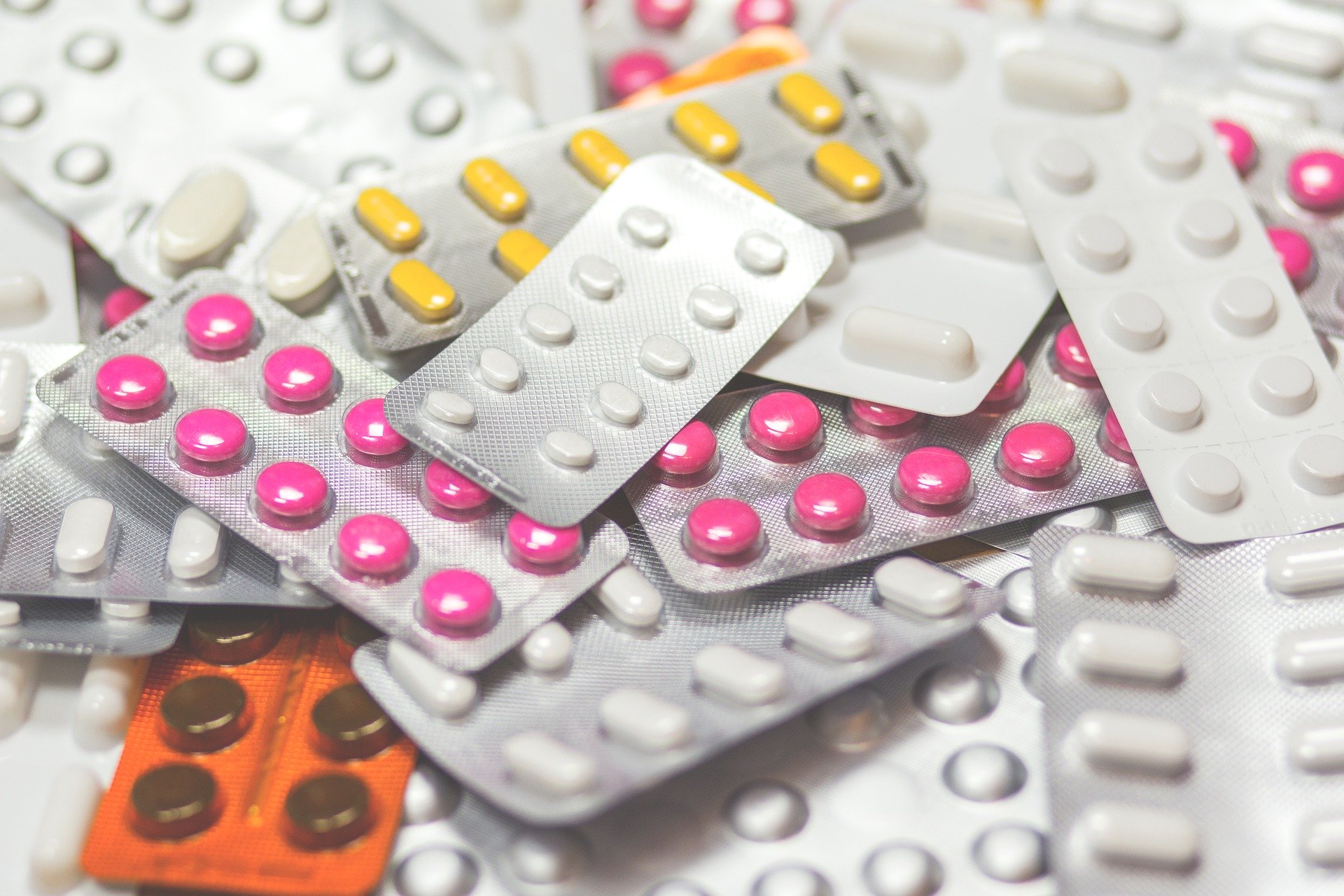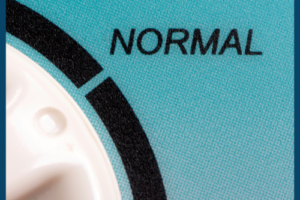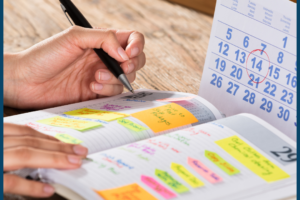6 Steps to Organize Your Prescriptions
One of life’s biggest transitions is that of a big or life-changing medical diagnosis. Or heck, even just getting older can feel like a giant change for some. In either case, you’re more likely to be taking a few more pills than you did during your 20s.

It’s not just “good organizing” to figure out a system for your prescription drugs — it’s a matter of safety. Some of your drugs may interact with each other. Some must be taken with meals. You may need to avoid dairy or grapefruit juice. You might need to pass on herbal or over-the-counter supplements. And some need to be taken at specific times of day. Here are some steps to organizing multiple prescriptions.
- Talk to your doctor and then double-check with the pharmacy. Be sure your doctor knows everything you are taking right now, whether it’s your daily multivitamin, a prescription they can see in your record, or the CBD oil you’re trying out. Doctors are there to help, and they need to know everything you take, even if you’re embarrassed about it. When you pick up your prescription, ask the pharmacist to double-check any possible interactions with your other medications or things you consume, such as alcohol or caffeine.
- Read all instructions carefully. Some pills are complicated, with specifics about when to take them and what to eat or drink with them — or what to avoid. Be sure you know what to do. If you have more than one item, you might take notes on a piece of paper or sticky and post it somewhere nearby. Some things to consider:
- “Take medicine with water” may mean eight ounces in order to make it work more effectively.
- “Take medication with food” doesn’t usually require a full meal.
- Does the medicine need to be taken on an empty stomach?
- Some prescriptions make your skin more likely to burn when exposed to the sun.
- Sort by the time of day you take them. If you have pills you take in the morning and some you take at night, you don’t have to keep them in the same place. Store them where you’ll remember them. For example, keep your morning prescriptions by your breakfast items and your nighttime items by your bedside. Wherever you store them, remember most medicine does best in a cool, dark place. If you’re storing medicines long-term that you don’t take often, your humid bathroom might not be the best choice.
- Consider a pill container. If you feel forgetful about taking pills, you might consider those containers that label by the day. You can put all your daily pills on Monday and then at the end of the day it should be empty. If you have to take them separately, though, that might be confusing. Consider what system will work for your medications.
- Make a checklist and set reminders. If you have a lot of daily or semi-regular pills to take, you might post a checklist somewhere and check them off as you go. You can make it into a chart if you have multiple pills per day at different times. If you’re struggling, set an alarm on your phone to remind you to take your medicine. Alternatively, there are a number of medication reminder apps available. You just have to make sure you “hear” the prompt!
- Label the containers. As Janice points out in this video, you might try labeling the lids of the bottles. The print on the side is small, and if multiple people are in your house, it’s easy to get mixed up. Your label depends on your organizing needs. It might be:
- The person’s initials, to differentiate between yours and a roommate/family member.
- The first three letters of the prescription, making it easy to grab the right one.
- The date it runs out, as a reminder to refill.
Sharpies work well for this, but you could also get a label maker or stickers — whatever system you like.

MORE ORGANIZING TIPS
- Even if you don’t have children living with you, consider whether you might need safety caps. If you keep medicine in your purse or somewhere a child can reach, be sure it’s not easy to access or open. A study showed that grandparents are to blame for about half of the overdoses in children under 5, because they tend to remove child-safety packaging. Many medicines for heart trouble or diabetes can be lethal in small children.
- Set your prescription to automatically refill if you can; it’s one less thing to worry about. Your pharmacy can call or text with reminders that the medicine is ready for pickup. Or, you can have it mailed to you.
DISPOSAL
Choose a date each quarter or so to go through your medicine cabinet and remove expired medication. Most over-the-counter things will be fine for a long time (except liquids), but it’s safest to get rid of any old prescriptions. Do not flush them down the toilet. Check with your city or county about disposal programs or even your pharmacy. Most have drop boxes for old medicine. Here in North Carolina, a quick search of our city and “drug dropoff locations” gave me this information from our county.
Learn more about Disposal from the FDA here.



